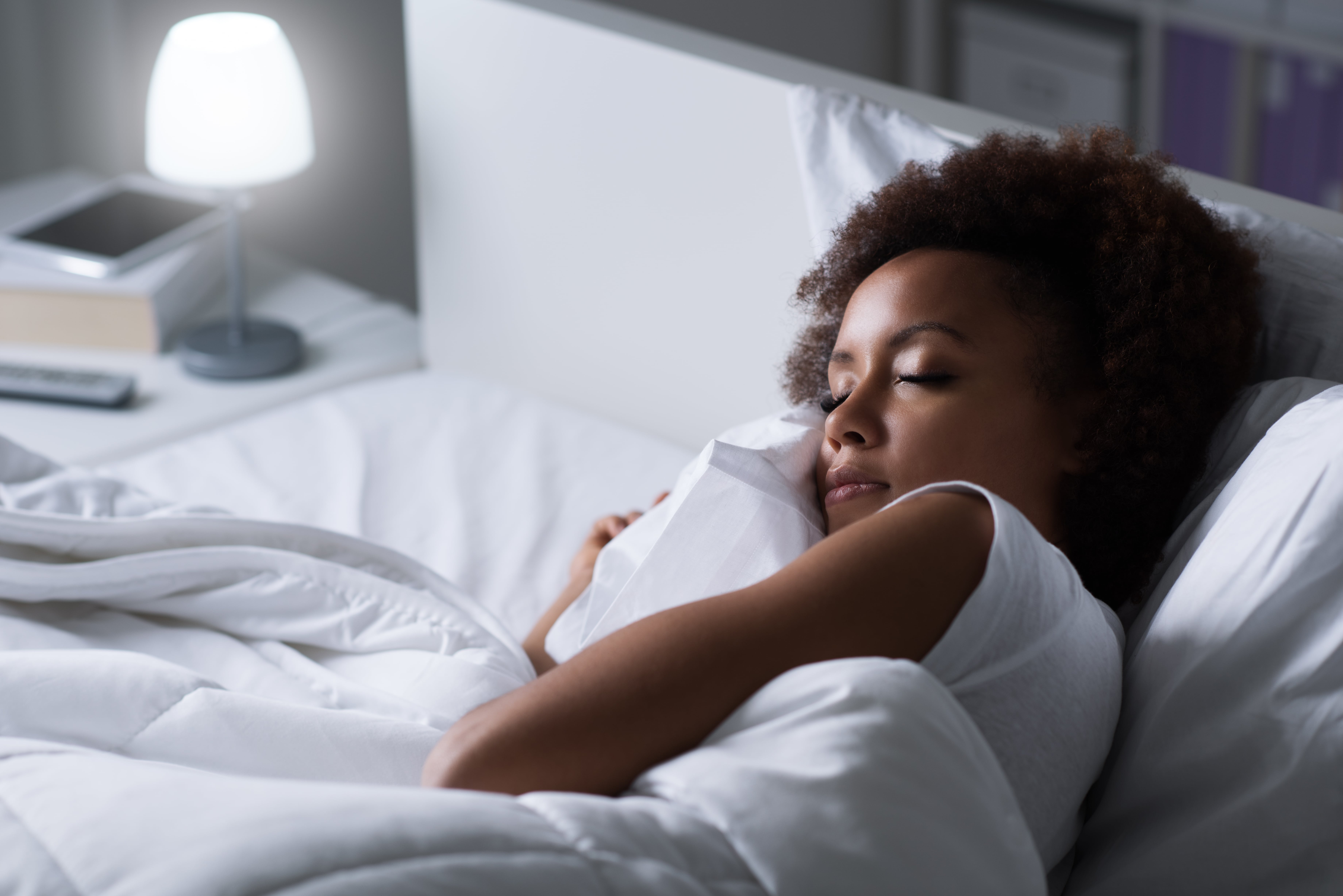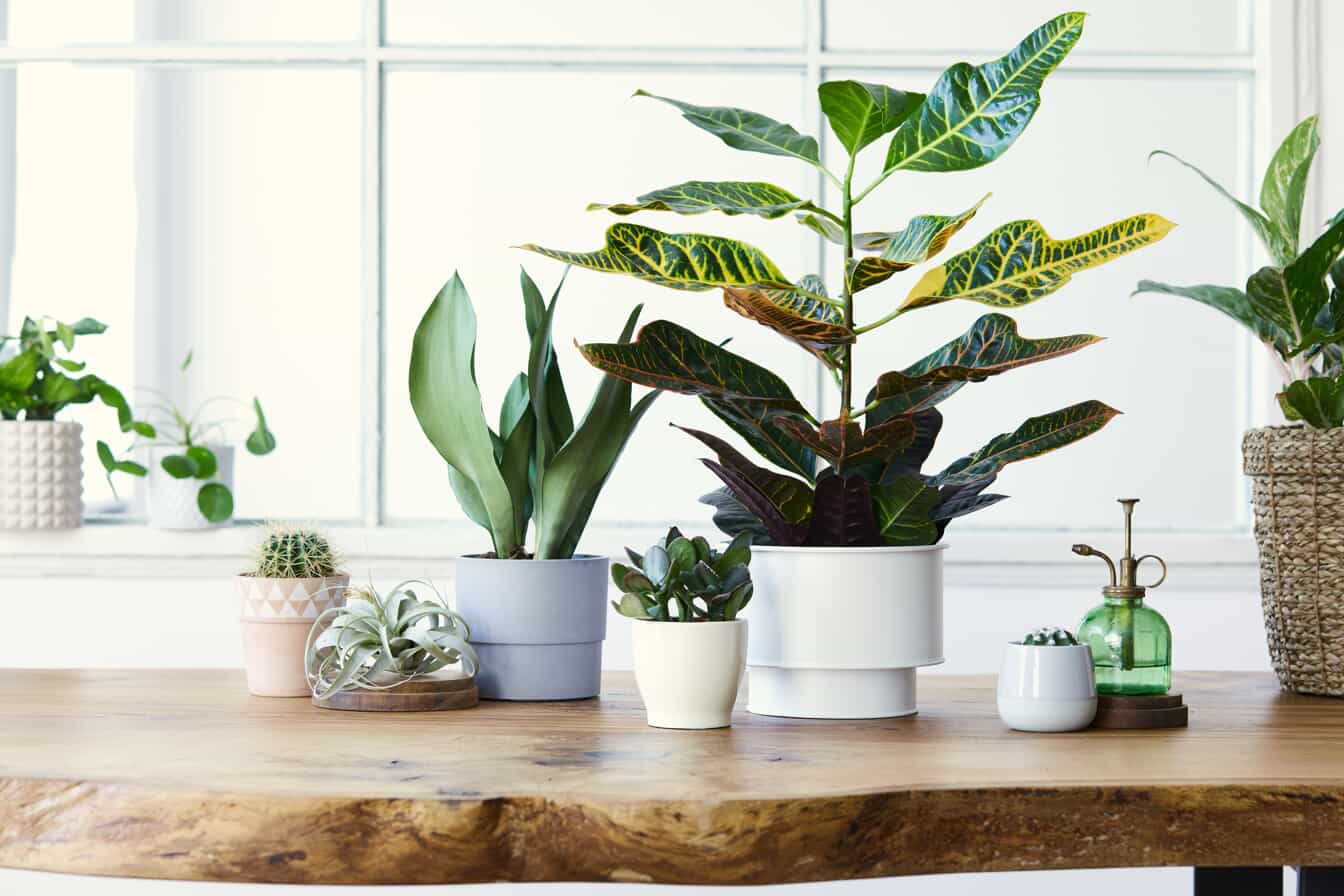Cleaning Bed Pillows
Table of Contents
- Can My Pillow Be Washed in a Washing Machine?
- How to Wash Pillows in the Washing Machine
- How Often to Wash Pillows
- How Often to Replace Pillows
There's nothing quite like sinking your face into a soft pillow at the end of a long day. But you might think twice if you could see all the unpleasantries that accumulate on your bedding - like dust mites, pet dander, hair, and more.
So, how do you keep yourself from falling into a pile of filth each night? Can pillows be washed? How often should you clean your pillows? Continue reading to learn more.
Can My Pillow Be Washed in a Washing Machine?
Yes, many pillows can be safely washed in a washing machine.
However, always check the care label first. Materials like memory foam or delicate down often require alternative cleaning methods to prevent damage. A clean pillow enhances comfort and promotes better hygiene and a more restful sleep.
Here are some tips to help you keep your pillows fresh and clean.
How to Wash Pillows in the Washing Machine
Before getting started, you should always check to see if there are care instructions on the tag. If not, the method you use to wash your pillows will depend on the materials they’re made from.
Washing Down Pillows in the Washing Machine
You’ll need:
- 1 to 2 teaspoons of gentle, low-sudsing liquid laundry detergent (Make sure the soap is liquid. Powder can leave residue>
- Tennis balls or woolen laundry balls
- Set the washing cycle to gentle and the water temperature to cool.
- Add the detergent to the washer. Load one pillow on each side of the agitator to balance the load. (If you have a front-loading washer, toss in some light-colored towels. Also, do not wash more than two pillows at once.)
- Let the washer run through its normal paces but add a second rinse cycle to ensure all the suds are removed. Leftover soap suds can damage down.
- Fluff the pillows when you take them out of the washer.
- Dry them on low heat with tennis balls or woolen laundry balls. This will help prevent clumping.
- Stop the dryer every 10 to 15 minutes to fluff the pillows. Continue this until the pillows are dry.
Washing Synthetic Pillows in the Washing Machine
To wash synthetic pillows, follow the steps above with a few exceptions:
- You can wash the pillows in warm water instead of cool.
- Synthetic pillows do not need to be removed from the dryer for occasional fluffing.
- Some synthetic pillows — particularly foam — cannot go in the dryer. Check the care instructions tag before drying pillows. Dry them on a flat surface or outdoors in the sun when in doubt.
How Often to Wash Pillows
Ideally, you should wash your pillows every six months, assuming you haven’t been ill or spilled anything on them. And if you live in a warm or especially humid climate, increasing the cleaning frequency to every four months is a good idea.
Unlike sheets, comforters, and pillowcases, pillows don’t tend to get washed very often — if at all. That’s not OK, as pillowcases don’t provide much protection.
How Often to Replace Pillows
Pillows don’t have best-by dates, so when you replace them depends on how often you use them and the environment in which you keep them.
However, there are three factors to consider when determining how often to replace pillows:
- Fluffiness. Is your pillow lumpy? Do you have to punch it into shape before you can get comfortable? When you lay it flat, can you see an indentation where your head rests? If you answered yes to these questions, it’s time for a new pillow.
- Springiness. This test is easy. Fold your pillow in half longways. Pillows that spring back open are still good. Those that stay folded need to be replaced.
- Age. The longer you use a pillow, the more dust mites, skin cells, and oils accumulate. This not only affects the pillow's condition but can also make it more difficult for allergy sufferers to clean the house. Therefore, a good rule of thumb is to replace pillows every 18 months.
So, can pillows be washed? Yes, they absolutely can and should be. While cleaning pillows, you might as well take care of the rest of your bedding. Find out how often you should wash sheets, then learn how to clean bed linens — including comforters and mattress pads — like a professional.












.2004161450550.jpg)
